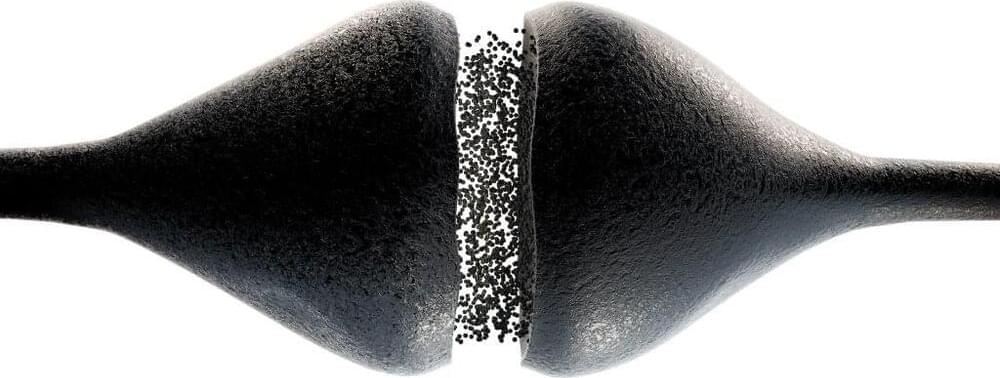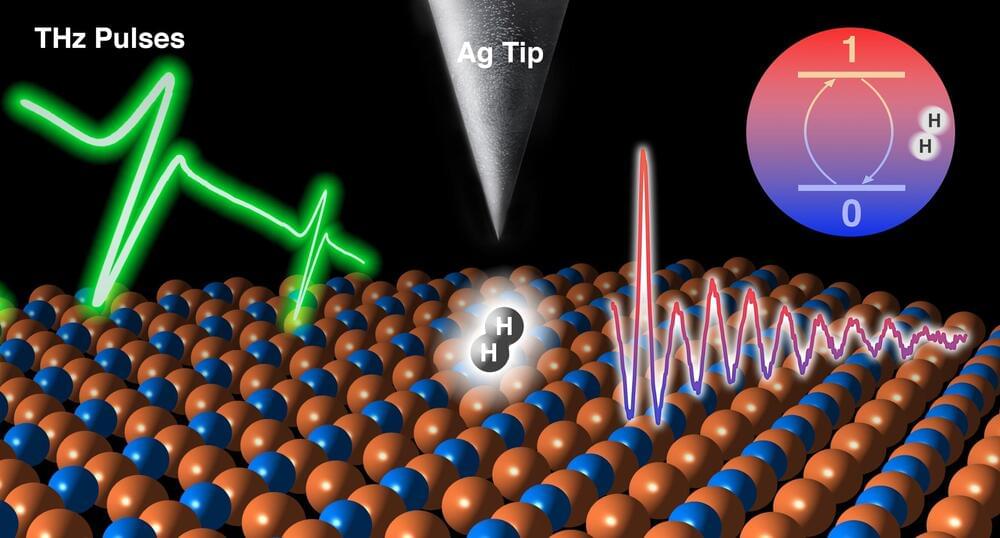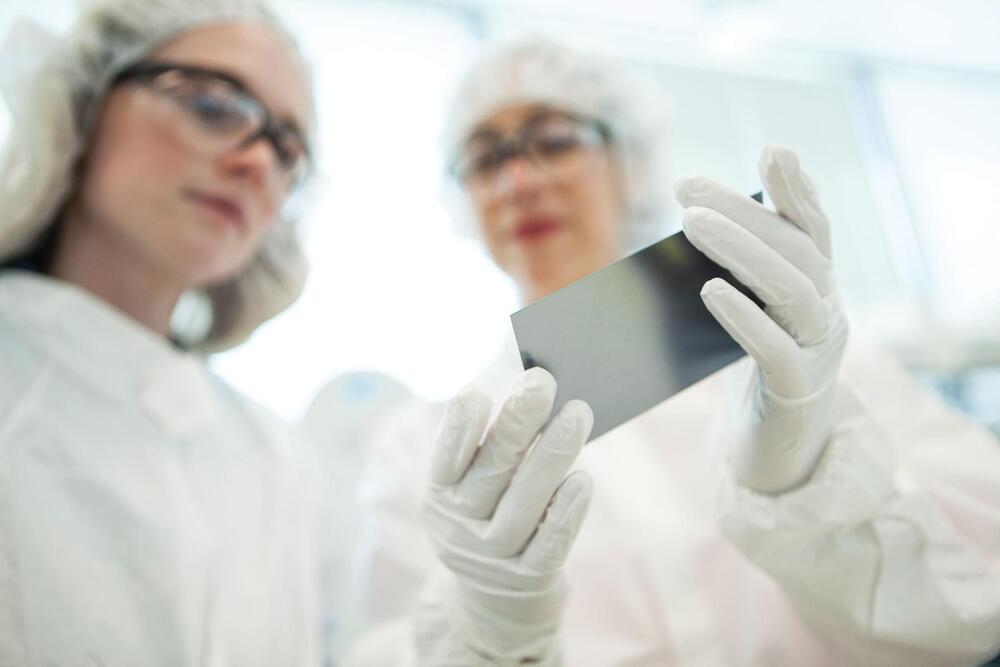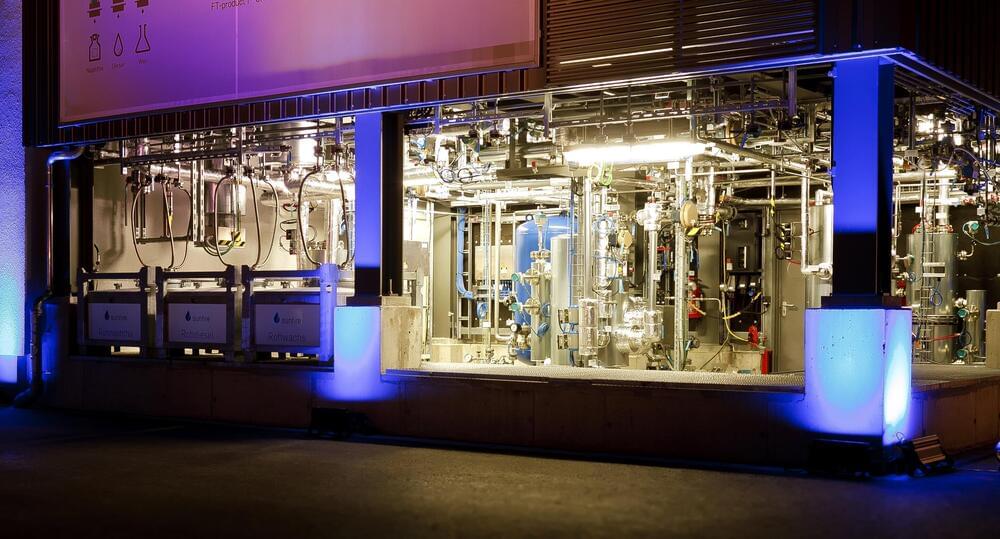Apr 24, 2022
Scientists Find an Enzyme That May Stop Brain Activity Getting Out of Control
Posted by Kelvin Dafiaghor in categories: chemistry, neuroscience
Our brains are awash with various unsung chemical heroes, making sure the electrical signals traveling all over the place don’t get out of control.
A new mouse study has now detailed the function of a pair of proteins vital to maintaining this balance – this could help us better understand a range of neurological disorders from epilepsy to schizophrenia.
The two proteins – Rab3-interacting molecule 1 (RIM1) and an enzyme called serine arginine protein kinase 2 (SRPK2) – work together to modify the transmission of information across the gaps between nerves called synapses.
















